Asus stick to their two-year update schedule of their major ROG lineups, and that means early 2025 brings brand-new iterations of their full-size ROG Strix Scar and ROG Strix models.
In this article, we’re discussing their top lineups of performance and gaming notebooks, the ROG Strix Scar 16 G635 (16-inch) and Scar 18 G835 (18-inch). We’re also going over their mid-range ROG Strix G16 and Strix G18 variants in this article.
The Scars offer the best Asus can put together at this point: brand-new chassis designs, mini LED displays, advanced cooling with a vapor chamber and liquid metal compound, as well as the latest hardware platforms available to date. However, just like in the past, the ROG Scar models remain Intel-exclusive, built now in Intel Arrow Lake-HX Core Ultra 9 HX processors, while the Strix models are available with either Intel or AMD specs. Both are paired with the latest RTX graphics chips from Nvidia, with up to a GeForce RTX 5090 24GB 175W on the Scars.
We’re going to post our detailed reviews of these Scars over the next weeks, and for now, here’s a quick overview of what’s new with these generations and how they compare to the existing Scars of the last two years.
Update: Here are our detailed reviews of these two models:
- ROG Scar 18 with Core Ultra 9 275HX + RTX 5090 configuration;
- ROG Scar 16 with Core Ultra 9 275HX + RTX 5080 configuration;
| 2025 ASUS ROG Strix SCAR 16 G635 – review | 2025 ASUS ROG Strix SCAR 18 G835 – review | |
| Display | 16-inch, 16:10, non-touch, matte Nebula HDR QHD+ 2560 x 1600 px miniLED, 2000+ dimming zones, 240 Hz 3ms, 500-nits SDR, 1200-nits HDR, 100% DCI-P3 |
18-inch, 16:10, non-touch, matte Nebula HDR QHD+ 2560 x 1600 px miniLED, 2000+ dimming zones, 240 Hz 3ms, 500-nits SDR, 1200-nits HDR, 100% DCI-P3 |
| CPU | Intel Arrow Lake-HX, Core Ultra 9 275HX | |
| GPU | Arc + up to Nvidia GeForce RTX 5090 24GB (up to 175W TGP with Dyn Boost) with MUX, Advanced Optimus, GSync |
|
| Memory | up to 64 GB DDR5-5600 (2x DIMMs) | |
| Storage | 2x M.2 PCIe 5.0 SSD slots | |
| Connectivity | WiFi 7 (Intel) 2×2 with Bluetooth 5.4, 2.5Gigabit LAN | |
| Ports | Left: power, 2.5G Lan, 2x USB-C with Thunderbolt 5, 1x USB-A 3.2 gen 2, HDMI 2.1 FRL, audio jack Right: 2x USB-A 3.2 gen2 |
|
| Battery | 90Wh, 380W power adapter, USB-C charging up to 100W | |
| Size | 354 mm or 13.94” (w) x 268 mm or 10.55″ (d) x 23 – 31 mm or .9″ – 1.21” (h) |
399 mm or 15.71” (w) x 298 mm or 11.73″ (d) x 23.6 – 32 mm or .93″ – 1.26” (h) |
| Weight | from 2.85 kg (6.3 lbs) + charger | from 3.5 kg (7.7 lbs) + charger |
| Extras | clamshell metal designs with 140 degrees screens, Off Black color, per-key RGB backlit keyboard (with NumPad on the Scar 18), glass?? touchpad, 1080p IR camera, quad speakers, updated tri-fan cooling module with vapor-chamber and liquid metal |
|
Design and ergonomics
The 2023-2024 ROG Scars were conflicting designs. Plastic was used for the main chassis, which made them feel somewhat cheap for a top-tier class of computers, and smudged easily. The screen only leaned back to about 140-degrees or so, and not completely flat. And then, Asus decided to use the back edge of these laptops for cooling, which meant the ports were all on the sides, an approach that no other OEM takes on their competing models in the same tier.
At the same time, these Scars were quite compact and lightweight for what they were, and the cooling was a solid match for the hardware, especially on the 18-inch model.
These 2025 iterations of the Scars aren’t a lot different, functionally at least.
They still put the ports on the sides and keep the back entirely for cooling. They’re still mostly plastic chassis, although the lid and the armrest and keyboard deck are metal (to be confirmed), and the interior is reinforced with metal parts as well for a sturdier feel. The screens still don’t flip back flat to 180 degrees, but at least Asus did something about those pesky LEDs placed under the display with the previous generation. Those made absolutely no sense being there.
That aside, though, these updated Scars are a little larger (deeper) than the previous models, and significantly heavier. The Scar 18 is 7.7 lbs now, up from 6.8 before, and the Scar 16 is 6.3 lbs, up from 5.5. That means these no longer have a weight advantage over competition. The increase in weight is mostly due to the metal main deck and the updated internals and cooling, which we’ll discuss in a bit.
I do want to mention two other design perks first: there’s now a secondary Anime Vision array on the lid, alongside the RGB ROG logo, similar to what Asus offered on past Zephyrus G14 models. And then there’s also an RGB lightbar that goes all around the main chassis, and not just on the front as before. Not a fan of either. I mean, these are perks that you won’t find on other laptops, but are the features that will actually convince you to get one of these Scars over a Legion, an Alienware, or a Predator, or are they gimmicks that add to the price? You be the judge of it.
I do appreciate that at least they slowed down on the accents and graphical elements on these 2025 models, with the lid and the interior being cleaner now, simpler, and with the sides no longer being that translucent plastic used in the past, but a black material that blends in nicely with the lid and the interior.
Overall, these refreshed Scars are a mixed bag. On one end, I appreciate the updated materials and the cleaner aesthetics, while on the other I don’t see the point of the Anime array and I sure wish they would have improved ergonomics more than they did.
The IO hasn’t changed much between generations, except the two USB-C ports that now support Thunderbolt 5.0. Most ports are still on the left edge, and there’s still no lock or card reader, not even on the 18-inch version. You do get an IR-capable webcam on these 2025 models, at least. I’ll also mention that the ports are no longer pushed toward the front of the laptop like in the past, because to cooling module no longer implements side vents on this generation. That means your setup might not feel cluttered when connecting peripherals, but the experience is still nowhere similar to having ports on the back edge, behind the display, as with most other high-performance desktop-replacement notebooks.
As far as inputs go, the keyboards seem similar to the ones implemented on the previous Scars, with rubber-dome keys and per-key RGB. They’re good keyboards, no complaint about them. For what it’s worth, I use a 2023 Scar 18 as my daily laptop and can vouch for this keyboard. The Scar 16 doesn’t get a NumPad section, while the Scar 18 has the space for one. Both layouts implement full-size arrow keys, and dedicated ROG controls in the top-left corner.
I also appreciate the touchpad on my Scar, to the point where I rarely use a mouse with daily chores and only connect one for gaming. The touchpads are much larger on the 2025 Scars, but I hope they haven’t changed in functionality and overall feel.
The screens don’t seem to have changed either, with QHD mini LED panels on both the 16-inch and 18-inch models. They’re among the better multi-purpose panels available today, alright for daily use, beautiful for multimedia, and fast and responsive for gaming. You’ll find more about mini LED laptop panels from this dedicated article, including their quirks that you should be aware of. There are no IPS panel options on the Scars, but you do get IPS alternatives of the Strix G models.
Hardware and specs – Core Ultra 9 275HX with GeForce RTX 5090
These ROG Scars are built on an Intel Arrow Lake-HX hardware platform, namely on the top-tier Core Ultra 9 275HX processor, with 2x RAM slots, 2x PCIe 5.0 slots, and the latest RTX 5000 dGPUs from Nvidia, up to the GeForce RTX 5090 24GB.
At the same time, the hardware runs at high power in this chassis. I don’t have the exact numbers, but expect around 150W sustained TDP and 175 sustained TGP, with 230-250W cross load or maybe even higher.
Update: Here are our detailed reviews of these two models:
- ROG Scar 18 with Core Ultra 9 275HX + RTX 5090 configuration;
- ROG Scar 16 with Core Ultra 9 275HX + RTX 5080 configuration;
It’s important to mention that Asus have updated the cooling module on these Scar generation, dumping the array of heatpipes for a massive vapor chamber helped by some extra heatpipes, a massive heatsink that spreads across the entire rear edge of the laptops, and a set of two high-capacity main fans with an extra chassis middle fan. There’s also Conductonaut Extreme liquid metal compound on the CPU and GPU. I expect these to cope well with the hardware.
The previous Scar 16 ran fairly warm, but the 18-inch model ran within comfortable limits, even when kept flat on a desk. This generation should do even better, and I especially look forward to testing the mid-range and silent profiles that should allow for solid performance with reduced fan noise. Asus’s marketing material mentions noise levels of 45 dBA and low temperatures, but it’s unclear at this point if this refers to the Turbo profile or the mid-level Performance mode. I’m also looking forward to testing how Asus manage to isolate the internal heat from the upper deck, if that’s indeed metal on this generation. The previous plastic main deck allowed the laptop to feel cool to the touch even in long gaming sessions, but that might change with a metal interior, as shown by other designs such as the existing Legion Pros and Predator models.
As far as the actual performance of these 2025 Scars goes, I don’t know what to expect from either the Core Ultra 9 275HX processor or the RTX 5090 Laptop graphics chip. The Ultra 9 275HX is still a 24Core 32Thread processor like the i9-13900HX and i9-14900HX in the previous Scars, but with newer generation cores and features. Still, I wouldn’t expect massive differences over the 14900HX.
The RTX 5090, on the other hand, should offer a notable bump in performance over the RTX 4090 of the last few years. Looking forward to testing that out in our in-depth reviews.
I’ll also point out that you’re still offered 2x RAM slots on these laptops, 2x M.2 SSD slots with support for faster PCIe gen5 drives and RAID 0/1, as well as WiFi 7 and Bluetooth 5.4. Asus mentions that the back panel is a tool-less design now, allowing for easier access to the RAM and storage slots. It’s a nice-to-have feature, but it’s not like you upgrade the hardware every day, so let’s see what this means in real life.
I’ll also mention that the battery inside these ROG laptops is still 90 Wh, but the charger has been updated to 380W bricks, up from the 330W chargers on the past generations. That might suggest higher crossload power settings for these 2025 Scars, alongside the increased cooling capacity with the updated cooling module. The previous Scar 18 allows for 65W on the CPU alongside 175W on the GPU in demanding loads and in games, on the Manual profile, so this gen might offer the same on Turbo with lower noise and cooler temperatures?
Update: Here are our detailed review of these two models:
- ROG Scar 18 with Core Ultra 9 275HX + RTX 5090 configuration;
- ROG Scar 16 with Core Ultra 9 275HX + RTX 5080 configuration;
At the end of the day, this laptop offers the latest and greatest you can find on a performance notebook today. It’s going to demand a fair premium, though, at least based on our experience with the past Scars. Asus mention a starting price of $2499, but don’t specify if that’s for an RTX 5080 configuration or for a lower-specced RTX 5070Ti model.
Some of you might, however, complain about these Scars being Arrow Lake exclusive, and that might be justified, especially of the AMD Fire Range HX platform ends up notably faster in games with the X3D memory and Zen5 Cores. You do get that on the 2025 Strix G AMD configurations, but not on the Scars, so you have to give up on the mini LED display or the vapor chamber cooling when opting for a Strix, features also exclusive to the Scars. You’re also limited to only an RTX 5070Ti on the AMD Strix G models as well, so no 5080 or 5090 option alongside AMD hardware. Hard to understand this sort of segmentation and not be bitter about it. But, if the Core Ultra 9 275HX ends up performing well, these Asus ROG Strix Scar laptops should attract plenty of potential buyers. We’ll see in the reviews.

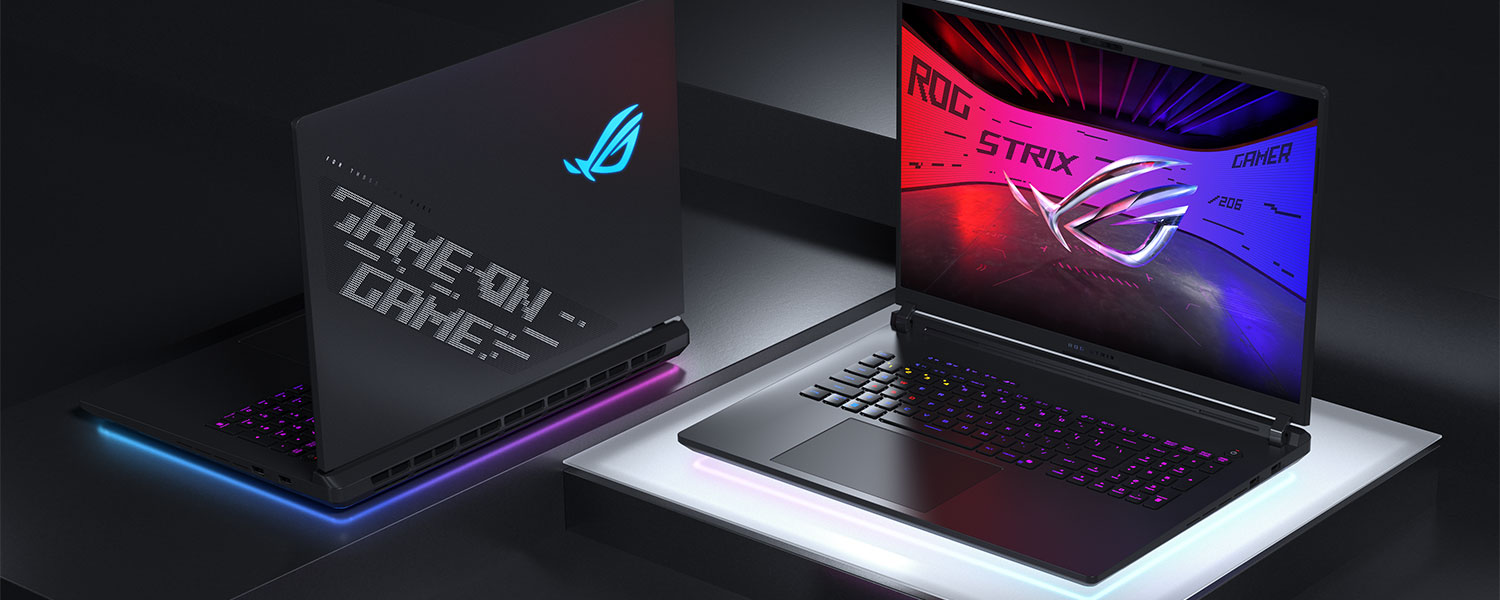
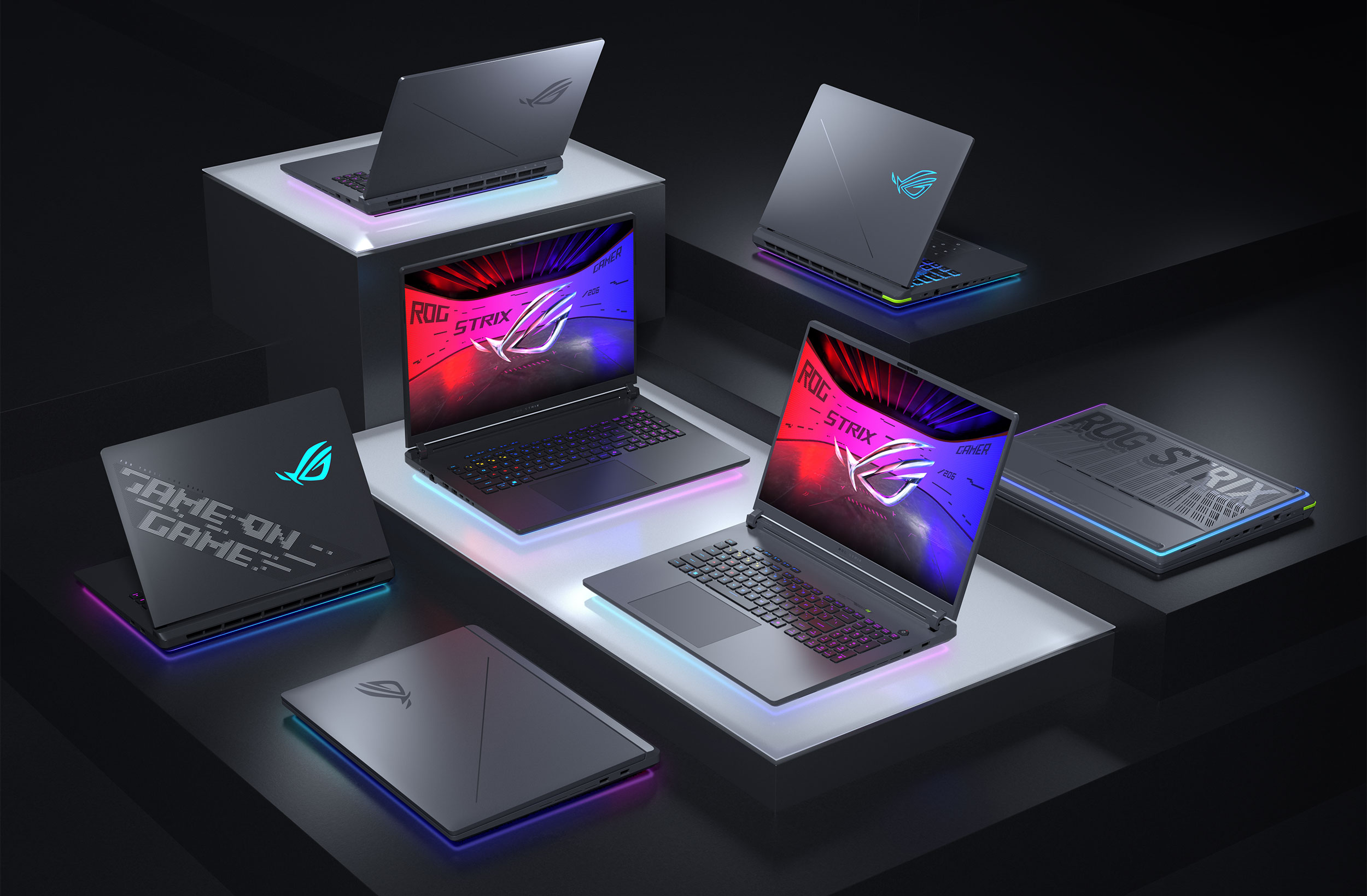
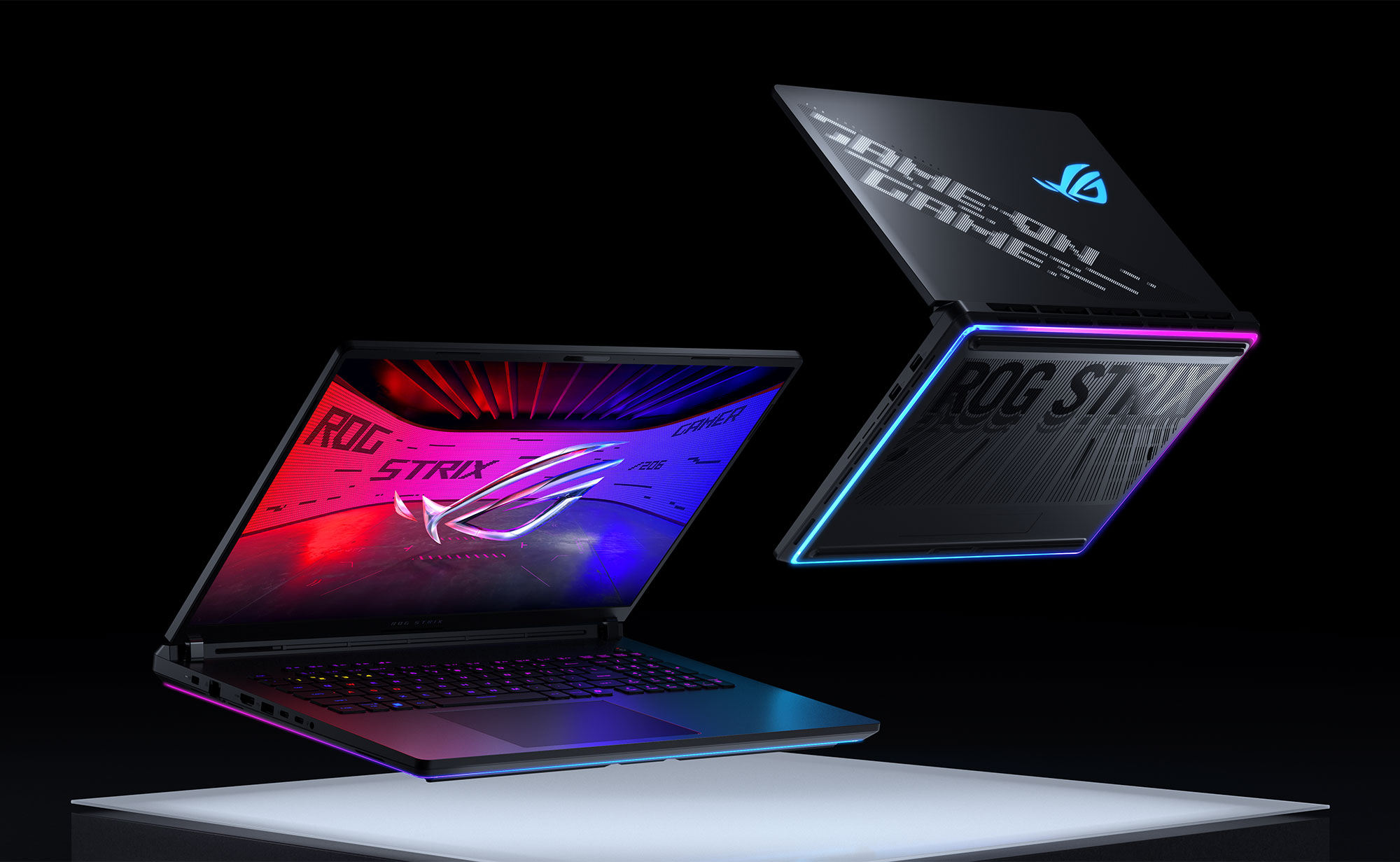
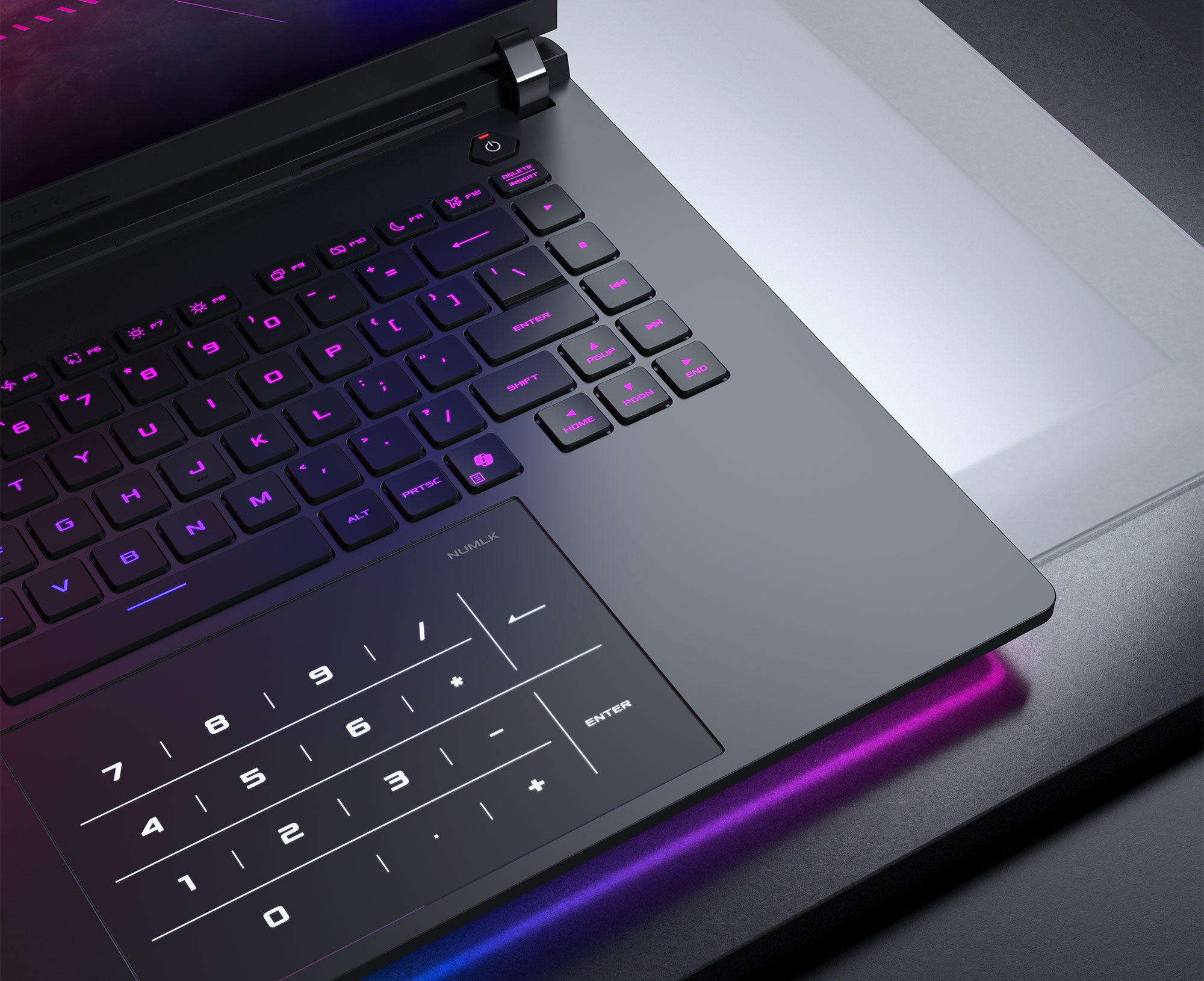
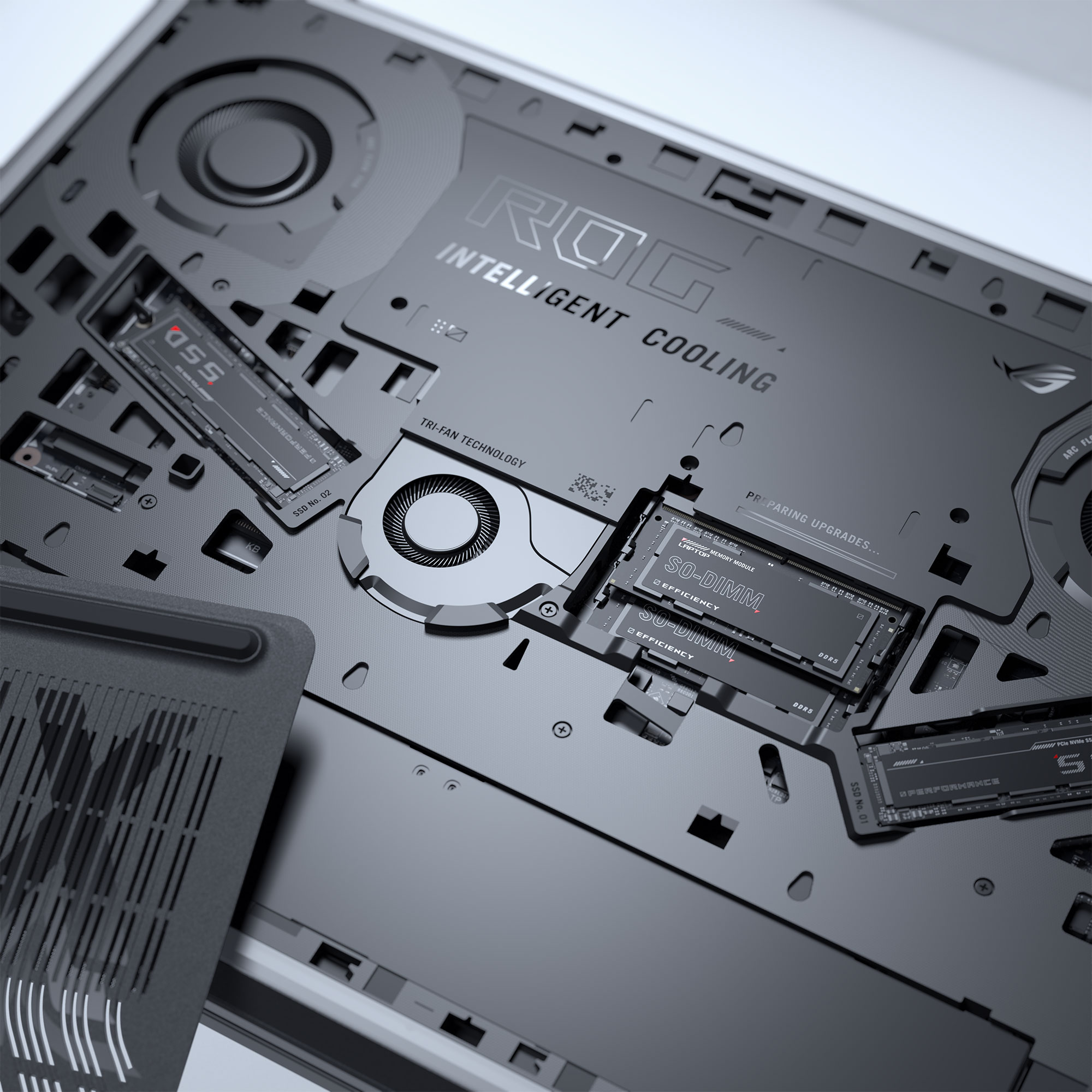




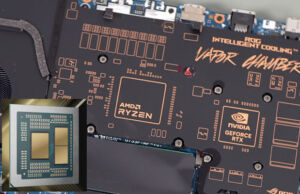

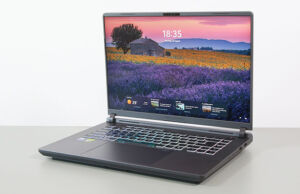

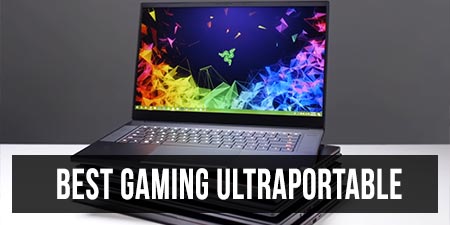

osher
July 29, 2025 at 2:10 pm
Buying an ASUS Gaming Laptop with an RTX 5090 Was the Worst Business Decision I've Ever Made
I paid ₪23,000 for a high-end ASUS laptop that was supposed to be a beast.
What I got? A nightmare.
From the moment I turned it on:
Constant flickering lights and screen glitches
Frequent system crashes
GPU failures every few minutes
The mouse vibrates nonstop in the bottom right corner of the screen
And when I run Unreal Engine (which is literally why I bought a 5090)? It crashes every 5 minutes
I sent it to the lab. They formatted it twice, replaced the motherboard, and even broke the bottom of the laptop during repair – and still, the problems continue.
I run a game development and simulation business – this laptop was meant to boost my productivity. Instead, it crippled my entire operation.
Meanwhile, my younger brother bought a laptop from another brand for ₪7,000 less – works flawlessly, not a single issue.
ASUS? They refuse to take real responsibility.
All I get is: “Bring it in again. Wait. Maybe we’ll replace it.”
They don’t care that every day I lose money, miss deadlines, and risk my clients and livelihood.
I’ve already lost over ₪50,000 in damages, time, and lost business – in just 2 months.
But ASUS treats me like a tester, not a paying customer.
I regret ever giving this company a second chance.
My previous ASUS laptop also had countless issues. I should have known better.
This isn’t just a bad purchase – it’s a disaster that’s pulling my business down.
Their support is cold, careless, and utterly disconnected from the damage they cause.
I will never buy ASUS again, and I’m sharing this to save others from the same mistake.
If you're thinking about ASUS – think again.
Choose a company that respects its customers, that understands what it means to rely on your machine for your livelihood.
Share this post with anyone considering ASUS – you might just save them from a nightmare like mine.
Andrei Girbea
July 30, 2025 at 9:31 am
looks like you draw a short stick. don't you have a return window over there where you are? I reckon Israel?
I'm sorry to hear about your experience, what I advice people is to test their purchase as much as possible within the first week or two, and just return the laptop if there's anything that's problematic. I am aware not every region offers return windows and customer protection legislation like in the EU and the US, though. I'd press on them replacing the laptop.